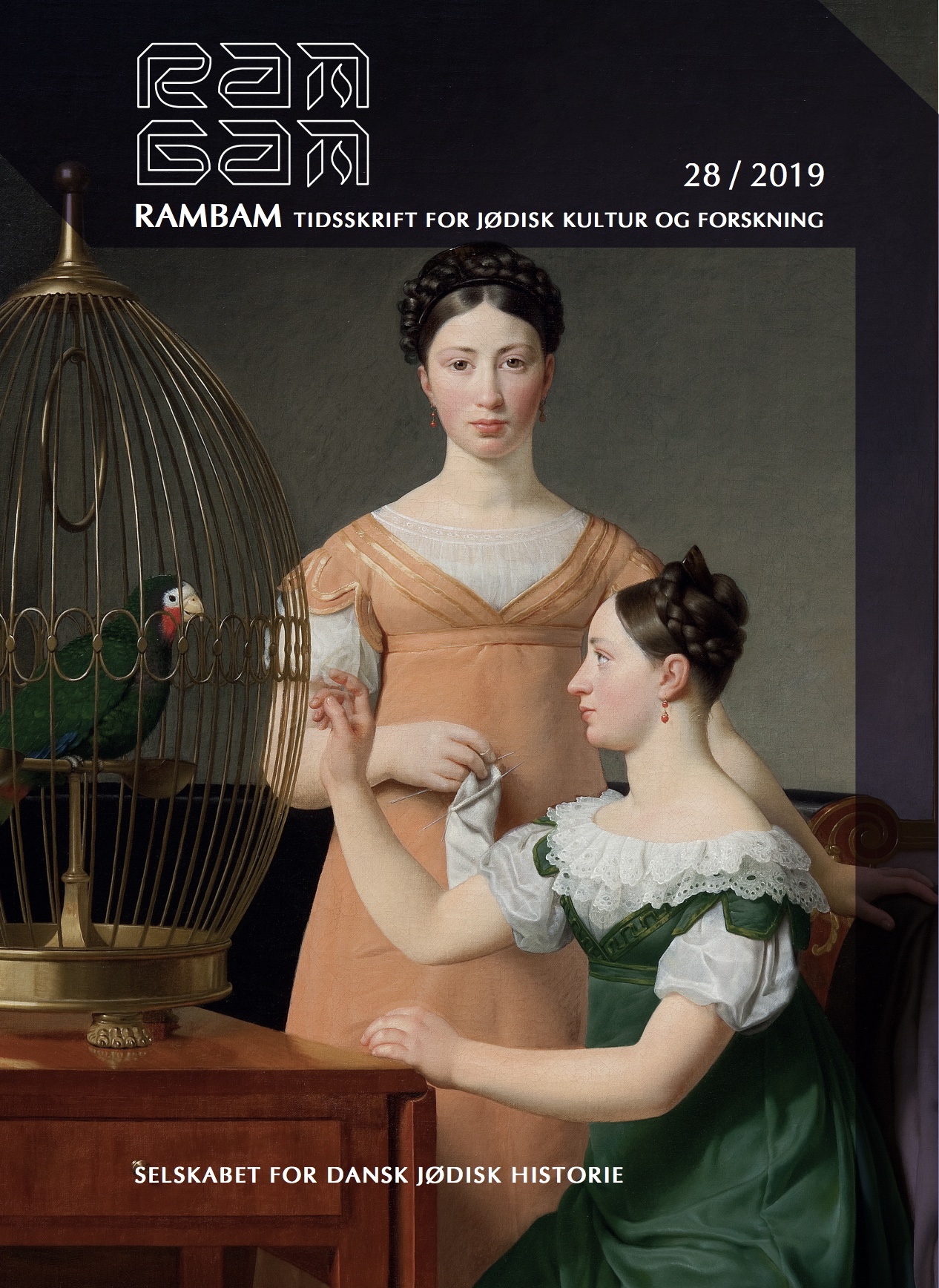Jødefejder 1813-1820
Resumé
On September 3rd, 1819, there were posters and flyers in the streets of Copenhagen urging people to go up against Jews. On the following day there were serious riots on the city square, Amagertorv, where upper-class Jewish shops were situated. Hundreds of rioters smashed Jewish shops and ran up and down the streets smashing windows of Jewish apartments. The police arrived but they gave up quelling the riots and called for soldiers who were unsuccessful in helping the situation. The riots continued the day after and rioters included sailors, apprentices, workers as well as upper-class people according to the police. The king and his government now interfered as the posters circulating in the city featured critical remarks about the king who was referred to as “The King of the Jews”. Military was called and ordered to use firearms if necessary. A curfew at night was announced and a commission court was assembled. The commission court had the authority to impose death sentences, but they were never used. The city was in a state of emergency. In the following days the riots continued with violent clashes. Military records inform us that it was necessary for the military to interfere with their swords raised in order to spread the groups. Many were wounded. A few Jews were assaulted, but there were no deaths. What is surprising is that riots and assaults on Jews continued in 1820. In January, people attacked the finance house Meyer&Trier who had provided the Danish state with major loans before the financial crash and state bankruptcy of 1813. Police records testify that riots continued far into the year of 1820 with attacks on Jewish houses. It was the most serious popular uprising and violent ethnical conflict that Denmark had seen. But there was also a political conflict concerning absolutism. Authorities searched for political activists involved in the conflict, but no one was found. They suspected a political group that began with the democratic Dr. Dampe and his ideological companion Blok Tøxen. Recent research shows that this group had expressed hatred against Jews. There are various answers to the question of why the riots started. The adversities of 1813 known as The Literary Jewish Conflict provide an insight. Several Christians and Jews argued over whether or not Jews could be accepted in a modern cultural society. The issue was also whether Denmark was to be regarded as a tolerant progress-oriented society or a society with prevailing Christian beliefs. The debate gave voice to traditional Christian Jew hatred and a new form of hatred against the Jews in which they were accused of being greedy people incapable of becoming useful citizens. The prejudice against Jews was not racism, a term that occurred at the end of the 19th century, but ethnic prejudice where Jews were attributed special negative character traits. The result was a traumatized Jewish people. Many of them converted to Christianity after 1819. The head of the Jewish congregation, Mendel Levin Nathanson, chose conversion for all eight of his children. Two of them became priests. The conflict of 1813 and the Jewish riots are some of the most important historical events in Denmark. They were violent and bloody but historians and writers have downplayed them, perhaps because they wanted to paint a nicer picture of Denmark.





